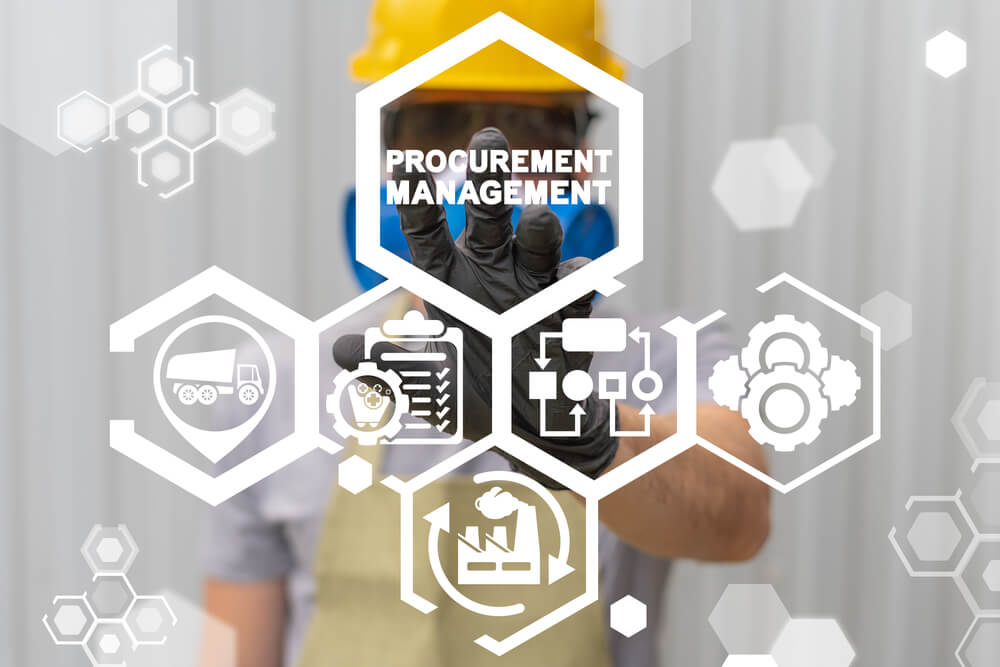Procurement Management Software : Big or small, businesses rely on their procurement function to create savings and value by keeping spend under control and supplier relationships strong and positive. But if your organization is still relying on manual workflows and paper-based procurement processes, you’re missing out on the most important benefits of Procurement Management Software—and losing both money and value in the process.
By tapping into the power of a digital procurement solution, you can streamline, automate, and optimize your entire procurement process, capture cost and generate value, and create a foundation for organization-wide digital transformation.
Why You Need Procurement Management Software
As the global economy grows more complex and moves with ever-increasing speed, procurement professionals need more powerful and responsive tools in order to extract maximum cost savings from procurement while helping their organizations shift the role of procurement processes toward value creation.
Procurement Management Software—also known as eProcurement software, purchasing software, or simply procurement software—is a dedicated software solution designed to help companies leverage digital transformation tools like automation, artificial intelligence, and advanced data analysis in optimizing their entire procurement process. The best procurement software combines the power of digital procurement tools with the versatility and accessibility of cloud-based data management, coupled with a positive user experience.
Every procurement solution will have its own distinct features, but generally speaking, an effective procurement management software solution will include, at a minimum:
- Procure-to-pay (P2P) Optimization: From the needs analysis to the creation of purchase requisitions and purchase orders on through to the payment of the final vendor invoice, the procure-to-pay process is a complex one that benefits immensely from automation.
- Supplier Management: Your supply chain depends on strong, strategic relationships with the vendors who provide the goods and services that keep your company running. An effective procurement solution will provide tools for easily managing supplier performance and compliance data, as well as collaboration and process development tools.
- Source-to-Pay (S2P) and Source-to-Contract (S2C) Optimization: The S2P process extends the P2P process to include securing sources for spend via requests for quotations (RFQs) or requests for proposals (RFPs), rather than simply selecting the best existing vendor. S2C includes the creation of a formal contractual relationship with the chosen supplier. The best Procurement Management Software makes both of these processes much easier with contract management tools that cover all stages of the contract lifecycle.
- Category Management: The right Procurement Management Software gives you the ability to organize all of its spend data for maximum transparency, savings, and value.
Procurement teams who choose to implement a digital procurement platform are able to move beyond manual, paper-based business processes. This allows for immediate cost savings through the elimination of things like human error and the need for materials, storage, and management of physical documents. It also establishes the company’s spend data as a primary driver for business-critical insights that will ultimately strengthen the company’s competitive abilities and its bottom line.
Optimize All Your Business Processes with Procurement Management Software
Taking control of your spend and spinning Big Data into actionable insights is no longer reserved for globe-spanning conglomerates with budgets to match. By choosing the right Procurement Management Software, companies of all sizes can gain better control over and visibility into their spend, streamline their critical business processes, and make procurement a value creation center that supports your company’s competitive performance while ensuring all your business needs are met at the best possible pricing and terms.


